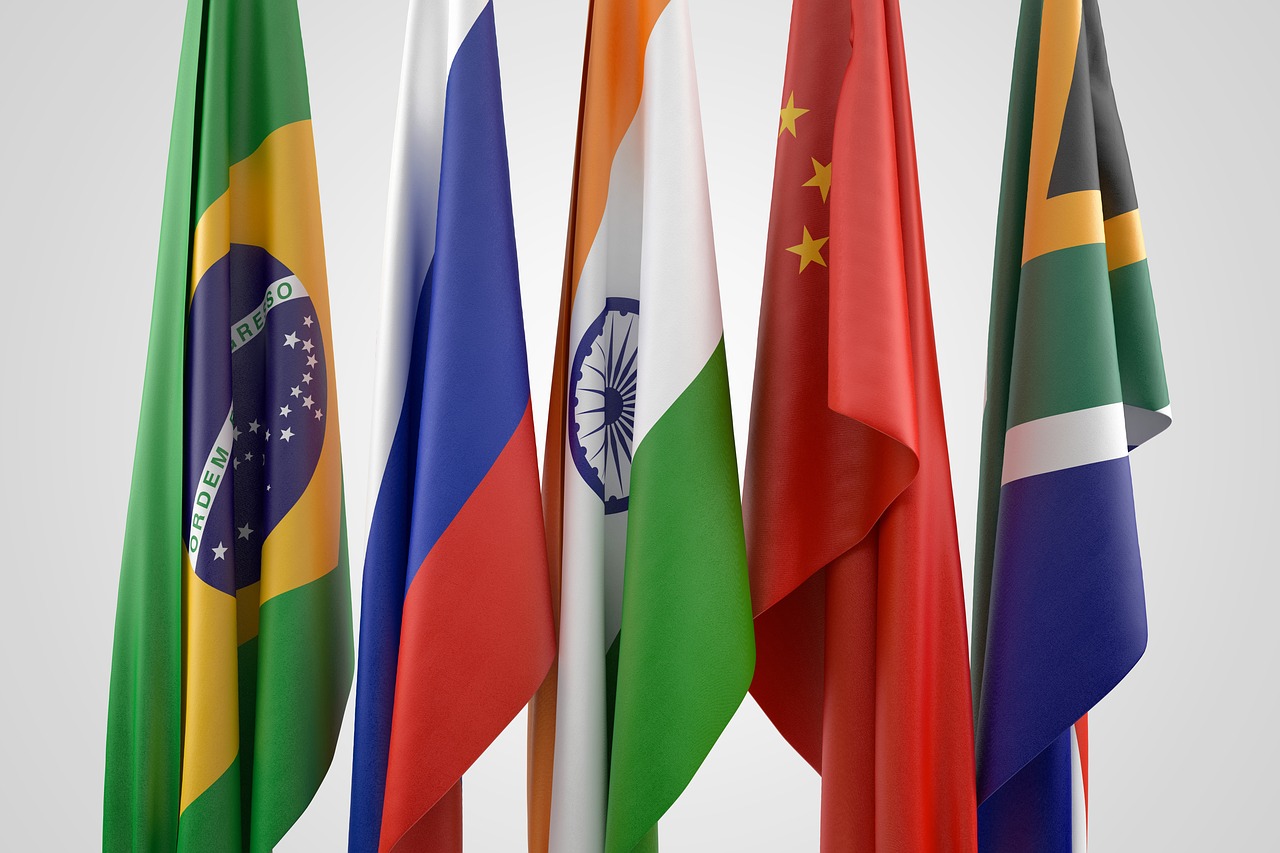
As the leaders of the Group of Seven (G7) gathered this weekend in Kananaskis, a quiet mountain town in Alberta, Canada, the world watched closely. With topics like tariffs, artificial intelligence, and global security topping the agenda — along with renewed attention to Russian sanctions and Israel’s actions in Iran — the summit underscores the G7’s enduring relevance. Yet, in the background loomed an increasingly assertive group: BRICS.
Comprising Brazil, Russia, India, China, and South Africa, BRICS was conceived as an alternative power centre to the West-dominated institutions symbolised by the G7. In recent years, this coalition of emerging economies has expanded its reach and appeal, especially among countries in the Global South. A key question now arises: who holds more economic clout in today’s multipolar world — the traditional G7, or the rising BRICS?
Historically, the G7 represented the lion’s share of the global economy. In the 1990s, the G7 countries accounted for more than 50% of global GDP. These nations, all advanced industrial democracies, set the rules for international finance, trade, and security through institutions like the IMF, World Bank, and WTO. Even today, their technological sophistication, military capabilities, and soft power remain unparalleled.
However, global economic power has been steadily shifting. In 2001, when the term “BRIC” was coined by economist Jim O’Neill, the combined economic footprint was modest. Since then, the BRICS economies have surged ahead — particularly China and India, whose massive populations and rapid industrialisation have transformed the global economic landscape.
According to the International Monetary Fund (IMF), the BRICS (in purchasing power parity terms) surpassed the G7 in 2023 in its share of global GDP. In nominal terms, the G7 still leads, but the gap is narrowing. China alone is poised to overtake the U.S. as the world’s largest economy by the early 2030s, while India recently became the fifth-largest economy globally. Russia and Brazil, though less dominant individually, still wield considerable influence in energy, agriculture, and geopolitics.
Moreover, BRICS has begun to institutionalise its influence. Through the New Development Bank, de-dollarisation efforts, and expansion initiatives involving countries like Egypt, Saudi Arabia, and the UAE, BRICS aims to create a multipolar economic order less reliant on Western institutions.
That said, the G7’s dominance in finance, innovation, and governance remains strong. G7 nations control key financial institutions, maintain global reserve currencies, and lead in high-tech sectors like AI and biotech — areas that BRICS still lags behind in.
Read more in this analysis.

